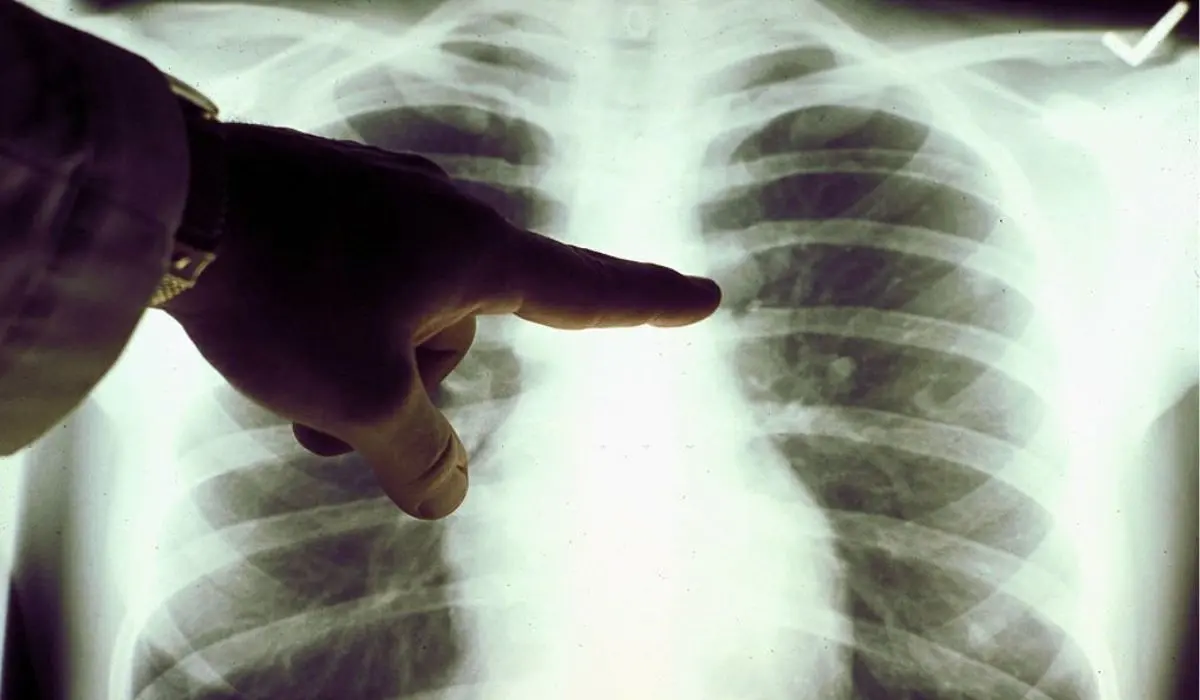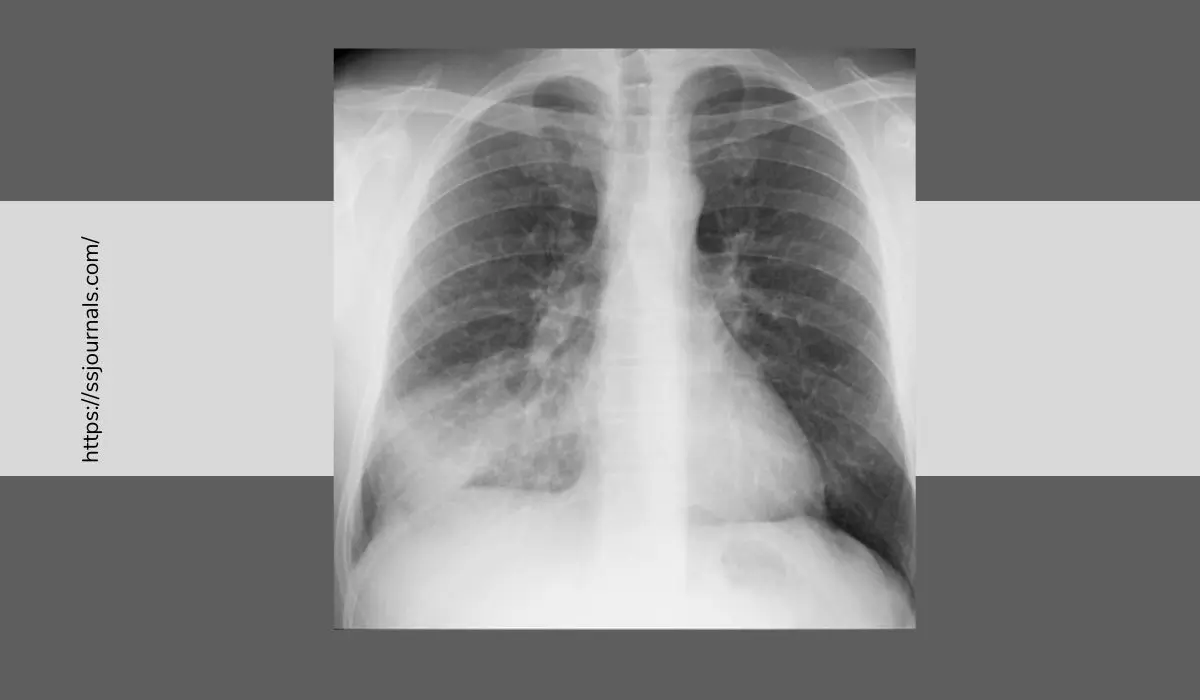Pneumonia, a respiratory snag affecting one or both lungs, sometimes takes a twist called multifocal pneumonia. This condition, where various lung areas get tangled up in the infection, brings challenges for both diagnosis and treatment.
This article is here to shed light on the symptoms and causes of multifocal pneumonia, aiming to create awareness among both the medical community and the public.
Symptoms Of Multifocal Pneumonia

Feeling Out of Breath
Multifocal pneumonia can make breathing a real challenge. Shortness of breath, rapid breathing, and a lingering cough are the most common signs. The intensity of these symptoms can also vary, and it is sometimes tricky to distinguish them from other respiratory issues.
Feverish Vibes and Chills
Like regular pneumonia, multifocal pneumonia brings on fever and chills. A spiked body temperature signals the body’s defense against the invaders, reflecting the immune system at work.
Chest Pains That Play Around
Chest pain, a frequent pneumonia sidekick, might spread more widely with multifocal pneumonia. People might feel aching or sharp discomfort in various chest areas, adding to the challenge of dealing with breathing issues.
Just Not Feeling Right
Multifocal pneumonia often comes with a general feeling of unwellness. Fatigue, weakness, and an overall sense of being “off” are common as the body directs its energy to fight off the infection.
A Touch of Blue
In severe instances, the skin and mucous membranes may turn bluish, which is referred to as cyanosis. It is an indication of low oxygen levels in the blood that require immediate care.
Causes Of Multifocal Pneumonia
Bacterial Intruders
A major player in multifocal pneumonia is a bacterial infection. Bugs like Streptococcus pneumoniae, Haemophilus influenzae, and Staphylococcus aureus can spread through the respiratory system, hitting multiple lung areas at once.
Viral Takeovers
Multifocal pneumonia can be precipitated by viruses like the flu and respiratory syncytial virus (RSV). Such infections undermine the immune system, giving way to secondary respiratory bacterial infections.
Immune System on the Down Low
Individuals with weakened immune systems, like those with HIV/AIDS, going through chemotherapy, or having organ transplants, face a higher risk of multifocal pneumonia. Their defenses are down, leaving them vulnerable to various invaders.
Inhaling the Unwanted
Sometimes, inhaling foreign material, like stomach contents, can lead to multifocal pneumonia. This often happens to people with swallowing difficulties or those who accidentally breathe in substances.
Lingering Lung Issues
Existing lung conditions, such as chronic obstructive pulmonary disease (COPD) and bronchiectasis, can create a comfy home for multifocal pneumonia. The compromised lung structure makes it easier for infections to spread.
Diagnosis And Treatment
Chest X-rays and CT scans
Diagnostic tools like chest X-rays and CT scans play a key role in spotting multifocal pneumonia. These images help map out where the infection is hanging out in the lungs.
Blood Sleuthing
Blood cultures are like detectives figuring out who’s causing the trouble. Identifying the culprit helps doctors choose the right antibiotics.
Spit Analysis
Analyzing a patient’s spit can reveal the type of pathogen at fault. This information guides healthcare pros in picking the most effective drugs.
Oxygen On Standby
For those struggling to catch their breath, extra oxygen might be the boost they need to keep those oxygen levels in check.
Antibiotics
Antibiotics take center stage when bacteria are behind multifocal pneumonia. The choice of antibiotics depends on the identified culprit and its sensitivity to specific drugs.
Antiviral
When viruses are the villains, antiviral medications swoop in to save the day. These drugs help tone down the severity and duration of the viral infection.
Conclusion
Multifocal pneumonia is no walk in the park, requiring swift diagnosis and the right treatment. Knowing the signs and digging into the causes is vital for both healthcare professionals and everyday folks. Raising awareness about this condition can mean getting help sooner, improving the odds for those dealing with multifocal pneumonia. As research keeps uncovering more about this tricky respiratory foe, healthcare providers must stay in the loop, ensuring they’re armed with the latest strategies for diagnosis and treatment.
FAQ
Multifocal pneumonia is a type of pneumonia that is hard to get—it doesn’t stick to just one part of your lungs but decides to spread its mischief across multiple areas.
Think of regular pneumonia as the troublemaker next door who only messes with one room. Now, multifocal pneumonia is that neighbor who decides to have a party all over the house—hitting multiple lung spots at the same time.
Watch out for signs like feeling breathless, running a fever, getting the chills, dealing with chest pain, feeling generally under the weather, and, in extreme cases, noticing a bluish tint to your skin or lips.
It’s like an unwanted guest list—bacterial infections (Streptococcus pneumoniae, for instance), viral infections (like the flu), accidentally inhaling foreign stuff into your lungs, and pre-existing lung issues can all send out invites to this lung party.
They use their high-tech detective tools—chest X-rays and CT scans for visuals, blood cultures to spot the culprit, and sputum analysis to identify the type of intruder causing the ruckus.

